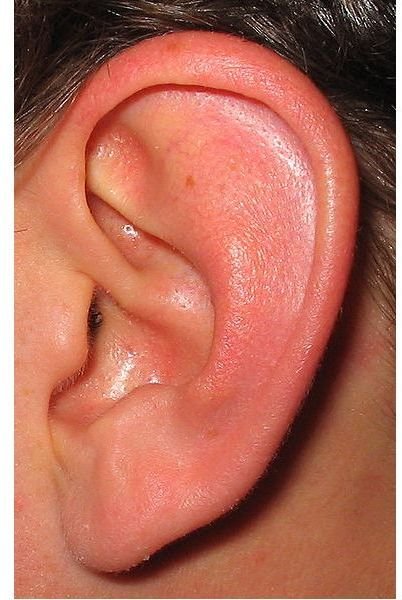English Verbs: Learning How the Verb Changes With Tenses
Keep In Mind
If you want your students to learn English verbs, these resources can help.
The patterns that you will naturally see, if you are a teacher, are not obvious to your students. Students may see the pattern, but not fully understand it like you do. For this reason, it is important to ask your students to explain the pattern that they are seeing, and don’t let just one student answer.
Ask, “What is the pattern for regular verbs in the past?” The answer is “add (ed)” to the end of the word. Tell your students that they will be asked that exact question on the test and that they need to know the answer, because you know that the patterns are the true key to unlocking English verbs. The only way your students will ever understand what an irregular verb is, will be when they understand what a regular verb looks like.
Learning Verbs
Most curricula will have an organization of verb tenses toward the end of the book, which includes all the variations of past, present, and future including perfect, progressive, and simple. These foundational tenses make up the bulk of English and can be very confusing, if they are not centrally located. Feel free to use the following breakdown for the English verb tenses.
Simple
Simple Present - I eat pizza every day.
Simple Past - I ate pizza yesterday.
Simple Future - I will eat pizza tomorrow.
Continuous
Present Continuous - I am eating pizza right now.
Past Continuous - I was eating pizza yesterday during the meeting.
Future Continuous - I will be eating pizza all day tomorrow.
Perfect
Present Perfect - I have eaten pizza my whole life.
Past Perfect - I had eaten a pizza before you came.
Future Perfect - I will have eaten a pizza by the time you show up.
Perfect Continuous
Present Perfect Continuous - I have been eating pizza since 2 this morning.
Past Perfect Continuous - I had been eating pizza until she stopped by with ice cream.
Future Perfect Continuous - I will have been eating pizza for an entire hour, before you arrive.
“What Should My Students Be Able to Do?”
For any verb tense, your students should be able to listen, speak, write, and hear the word correctly. Your assessment should measure progress for these goals. More often than not, the assessment will only measure writing and reading ability, with a little bit of speaking and listening. Do your best to balance these by incorporating listening and speaking exercises into your class and exams.
Some examples include having students fill in the blanks, both by writing and speaking.
Say the phrase, “John __________ to the store yesterday.” and write the word (go) on the board. Then have a volunteer, or someone you choose, answer the question. The correct answer is “went”. Your students should continue to practice listening, speaking, reading, and writing for the exam, which needs to incorporate all of those elements.
Fun Game To Play With Verbs
When you are studying a verb tense, have one of your students whisper something about themselves in your ear using the verb tense. For example, you are studying the future continuous and you ask one of your students to share something with you, so that the other students cannot here. Your students says, “I will be sleeping later tonight.” You then let the class guess what the student will be doing later.
Again, if you incorporate an even portion of listening, reading, writing, and speaking in your class you will see a well-rounded student leave your classroom at the end of the year. Have a great year!
References
This post is part of the series: ESL Lesson Plans
More isn’t always better, unless you are talking about ESL lesson plans.
